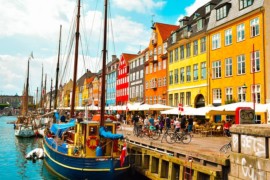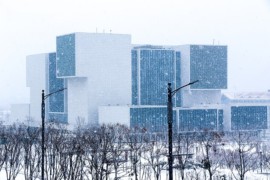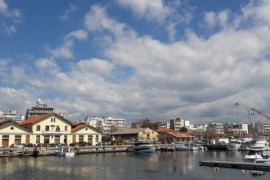
For the first time in its history, the European Union has unveiled its heating and cooling strategy. This is a symbolic event for players in the energy sector, and, surprise, surprise, heat networks are central to this strategy!
Heating and cooling networks represent 50% of European energy consumption today, according to the EU. The interest of Europe in this sector is not trivial, particularly at a time of energy transition and “2020” . The establishment of a common strategy will probably reduce fuel consumption, emissions and therefore costs, this is certainly the goal of the manoeuvre.
According to the Union, the heating and cooling sector in Europe is facing three major problems: outdated systems and the age of the buildings, and therefore the poor performance of existing systems; low weight of renewable energy (solar, geothermal, etc.), representing only 18% of the energy mix today; too much energy waste: the Commission believes that if industrial waste heat were recovered, it “would satisfy all the needs for heating EU residential and tertiary sectors. ”
The strategy hinges on four main points: to facilitate the renovation of buildings and encourage investment in the renovation; increase the importance of renewable energy, particularly in industry; make use of waste heat; engage consumers and industry.
What interests us most is that heating networks take the pride of place in the new strategy as the first choice recipients of industrial waste heat. We can thus think of the Gothenburg network in Sweden, which supplies nearly 90% of the city’s apartments using industrial waste heat, energy from waste and cogeneration.
The European strategy, if you believe the press, aims to focus on the enhancement of industrial waste heat for the benefit of heating networks. This strategy is a boon for developing district heating networks, which are already in full swing in France and other countries. If we already knew that heat networks are a viable solution for energy transition, including through the Swedish examples, it appears that the European Commission has decided to put them at the heart of its strategy.
Great news for all players in the district heating and cooling networks, which can expect to experience even greater development in the years to come!







